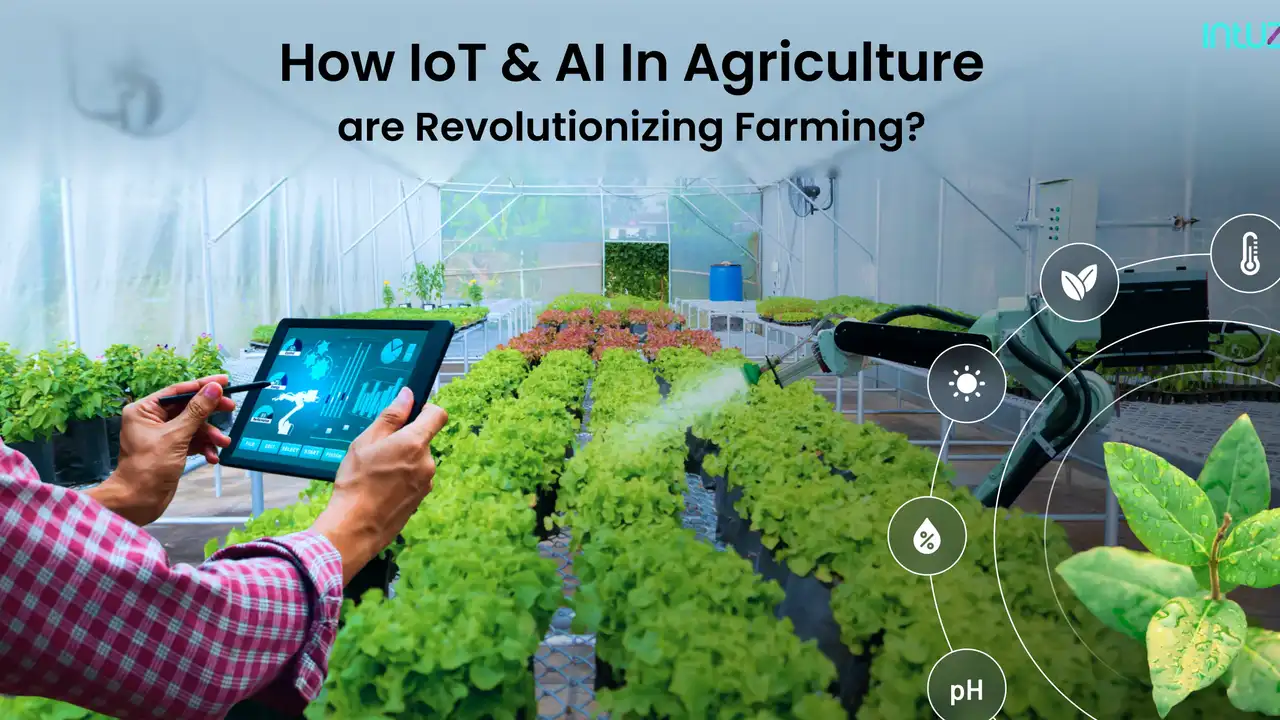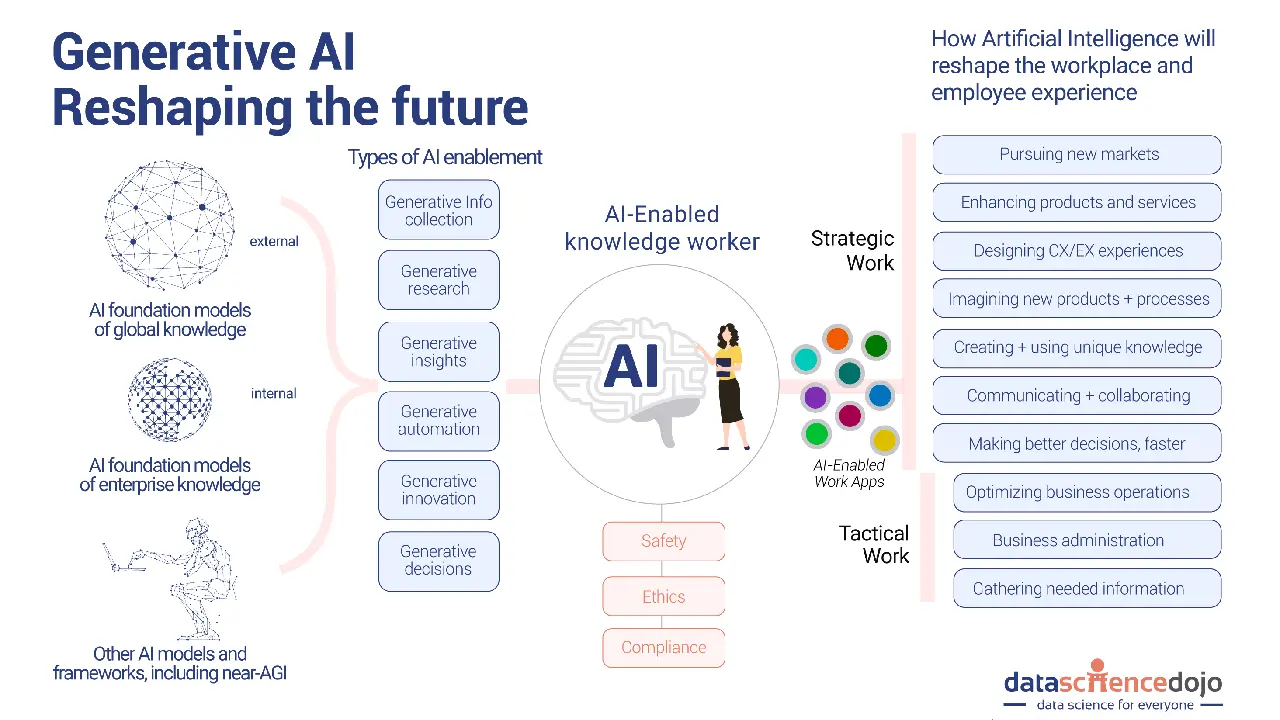AI in Energy: Optimizing Consumption and Reducing Waste

Discover how AI is optimizing energy consumption and reducing waste in the energy sector. This article explores AI-powered smart grids and energy management systems. Learn how AI is contributing to a sustainable energy future.
AI Powered Smart Grids The Future of Energy Distribution
Hey there! Ever wondered how we can make our energy systems smarter and more efficient? Well, AI-powered smart grids are a big part of the answer. These grids use artificial intelligence to optimize energy distribution, reduce waste, and improve overall reliability. Imagine a power grid that can predict energy demand, automatically adjust to fluctuations, and even reroute power to avoid outages. That's the promise of AI in energy!
Traditional power grids are, let's face it, kinda dumb. They operate on a pretty basic supply-demand model, with little real-time adaptability. This leads to inefficiencies, wasted energy, and a higher risk of blackouts. Smart grids, on the other hand, leverage AI to analyze massive amounts of data from sensors, meters, and weather forecasts. This data is then used to make informed decisions about energy generation, distribution, and consumption.
Think of it like this: your regular oven is like a traditional grid, and an AI-powered smart oven is like a smart grid. You set a temperature and hope for the best. The smart oven, however, adjusts the temperature as needed to ensure even cooking and prevent burning. Pretty cool, right?
Energy Management Systems AI Driven Efficiency
Energy management systems (EMS) are another area where AI is making a huge impact. These systems use AI to monitor and control energy usage in buildings, factories, and even entire cities. By analyzing energy consumption patterns, AI can identify areas where energy is being wasted and recommend strategies for improvement.
For example, an AI-powered EMS in a commercial building might notice that the HVAC system is running at full capacity even when only a few people are in the building. The system could then automatically adjust the temperature and ventilation to reduce energy consumption without sacrificing comfort. This kind of optimization can lead to significant cost savings and a smaller carbon footprint.
Moreover, these systems can learn from past data to predict future energy needs, allowing for proactive adjustments and even greater efficiency. It's like having a personal energy consultant that never sleeps!
Specific AI Products for Energy Optimization Recommendations and Comparisons
Okay, let's get down to some specifics. Here are a few AI-powered products that are making waves in the energy sector:
1. Google Nest Thermostat AI for Home Energy Savings
You've probably heard of the Google Nest Thermostat. It's not just a fancy thermostat; it's an AI-powered energy-saving machine. The Nest learns your heating and cooling preferences over time and automatically adjusts the temperature to maximize energy efficiency. It can also detect when you're away from home and lower the temperature accordingly.
Key Features:
- Learning Algorithm: Learns your schedule and preferences.
- Auto-Away: Detects when you're away and saves energy.
- Remote Control: Control your thermostat from your phone.
Use Case: Residential homes looking to reduce energy consumption and save money on heating and cooling bills.
Price: Around $250.
2. Tesla Autobidder AI for Grid Scale Energy Trading
Tesla Autobidder is a platform designed for grid-scale energy trading and optimization. It uses AI to predict energy demand, optimize battery storage, and participate in energy markets. Autobidder helps energy providers maximize revenue while ensuring grid stability.
Key Features:
- Energy Forecasting: Predicts energy demand and supply.
- Battery Optimization: Optimizes the charging and discharging of batteries.
- Market Participation: Participates in energy markets to maximize revenue.
Use Case: Utility companies and energy providers looking to optimize their energy trading and storage strategies.
Price: Varies depending on the scale and complexity of the deployment.
3. Veritone aiWARE AI for Renewable Energy Management
Veritone aiWARE is an AI platform that can be used for a variety of energy-related applications, including renewable energy management. It can analyze data from solar panels, wind turbines, and other renewable energy sources to optimize performance and predict maintenance needs.
Key Features:
- Data Analytics: Analyzes data from renewable energy sources.
- Predictive Maintenance: Predicts maintenance needs to minimize downtime.
- Performance Optimization: Optimizes the performance of renewable energy assets.
Use Case: Renewable energy companies looking to improve the efficiency and reliability of their operations.
Price: Subscription-based, varies depending on the features and usage.
4. Sense Home Energy Monitor AI for Real Time Insights
The Sense Home Energy Monitor is a device that installs in your home's electrical panel and uses AI to identify and track the energy usage of individual appliances. This allows you to see exactly how much energy each appliance is consuming and identify opportunities for savings.
Key Features:
- Appliance Identification: Identifies individual appliances based on their energy signatures.
- Real-Time Monitoring: Provides real-time data on energy usage.
- Energy Insights: Offers insights and recommendations for saving energy.
Use Case: Homeowners who want to understand and reduce their energy consumption.
Price: Around $300.
Comparing AI Solutions in Energy Performance and Cost
Choosing the right AI solution for energy optimization depends on your specific needs and budget. Here's a quick comparison of the products we just discussed:
- For Home Energy Savings: Google Nest Thermostat and Sense Home Energy Monitor are great options. Nest is simpler and more automated, while Sense provides more detailed insights.
- For Grid-Scale Optimization: Tesla Autobidder is a powerful platform for energy trading and storage optimization.
- For Renewable Energy Management: Veritone aiWARE offers a comprehensive set of tools for analyzing and optimizing renewable energy assets.
When evaluating these products, consider factors such as:
- Cost: Initial investment, subscription fees, and ongoing maintenance costs.
- Features: The specific features and capabilities offered by each product.
- Ease of Use: How easy the product is to install, configure, and use.
- Scalability: Whether the product can scale to meet your growing needs.
- Integration: How well the product integrates with your existing systems.
AI Contributing to a Sustainable Energy Future Sustainability Through AI
AI is not just about saving money; it's also about creating a more sustainable energy future. By optimizing energy consumption and reducing waste, AI can help us lower our carbon footprint and mitigate the effects of climate change.
For example, AI can be used to optimize the operation of renewable energy sources, such as solar and wind power. By predicting weather patterns and adjusting energy output accordingly, AI can help ensure that these renewable sources are used as efficiently as possible. This can reduce our reliance on fossil fuels and help us transition to a cleaner, more sustainable energy system.
Furthermore, AI can be used to improve the efficiency of energy storage systems, such as batteries. By optimizing the charging and discharging of batteries, AI can help us store excess energy from renewable sources and use it when it's needed most. This can help us overcome the intermittency of renewable energy and make it a more reliable source of power.
In short, AI has the potential to revolutionize the energy sector and create a more sustainable future for all. So, let's embrace the power of AI and work together to build a cleaner, more efficient, and more sustainable energy system.
This is just the beginning, folks! The possibilities are endless, and the future of AI in energy is bright. Keep exploring, keep learning, and keep innovating!
:max_bytes(150000):strip_icc()/277019-baked-pork-chops-with-cream-of-mushroom-soup-DDMFS-beauty-4x3-BG-7505-5762b731cf30447d9cbbbbbf387beafa.jpg)






